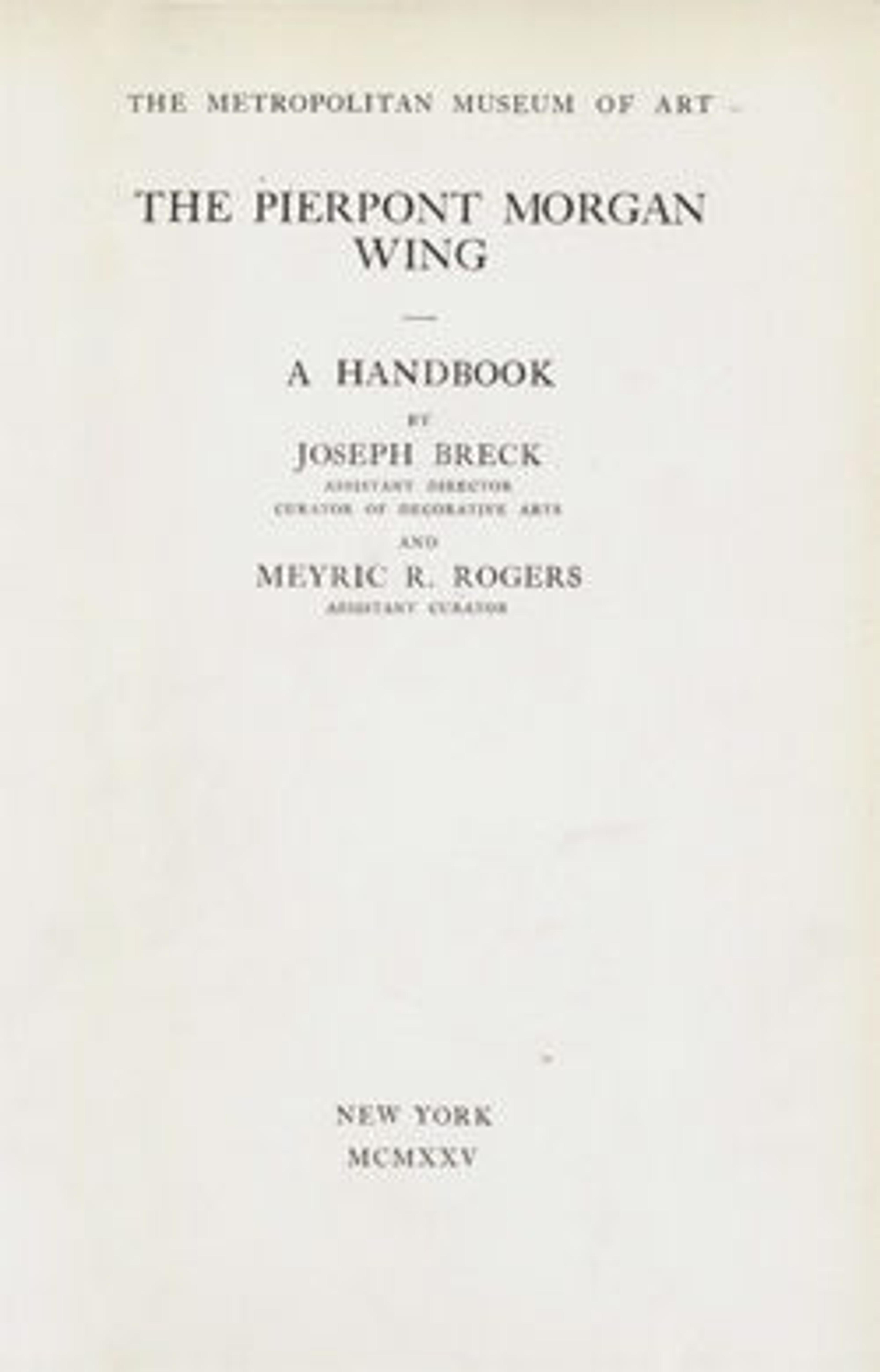Box with scenes from the Romance, "The Chatelaine of Vergy"
This casket is one of six depicting La Châtelaine de Vergi, a story of love and death reportedly based on a scandal at the Burgundian court. It concerns the secret affair of a knight and a lady (la châtelaine) that is ended by the jealous duchess of Burgundy.
Artwork Details
- Title:Box with scenes from the Romance, "The Chatelaine of Vergy"
- Date:ca. 1320–40
- Geography:Made in Paris, France
- Culture:French
- Medium:Elephant ivory with gilded Silver mounts
- Dimensions:Overall: 4 3/4 x 9 1/2 x 5 7/8 in. (12.1 x 24.1 x 14.9 cm)
- Classification:Ivories-Elephant
- Credit Line:Gift of J. Pierpont Morgan, 1917
- Object Number:17.190.180
- Curatorial Department: Medieval Art and The Cloisters
More Artwork
Research Resources
The Met provides unparalleled resources for research and welcomes an international community of students and scholars. The Met's Open Access API is where creators and researchers can connect to the The Met collection. Open Access data and public domain images are available for unrestricted commercial and noncommercial use without permission or fee.
To request images under copyright and other restrictions, please use this Image Request form.
Feedback
We continue to research and examine historical and cultural context for objects in The Met collection. If you have comments or questions about this object record, please contact us using the form below. The Museum looks forward to receiving your comments.
